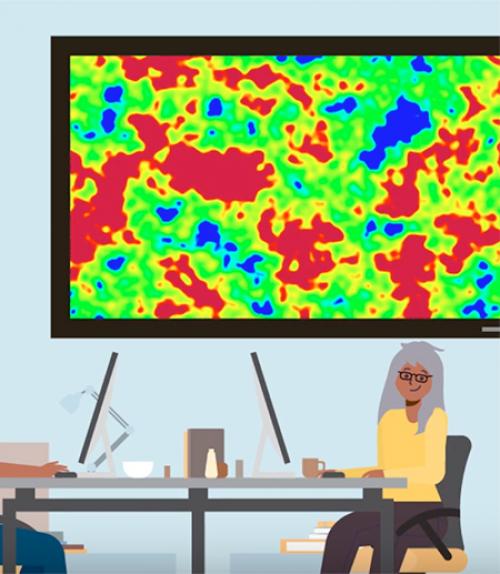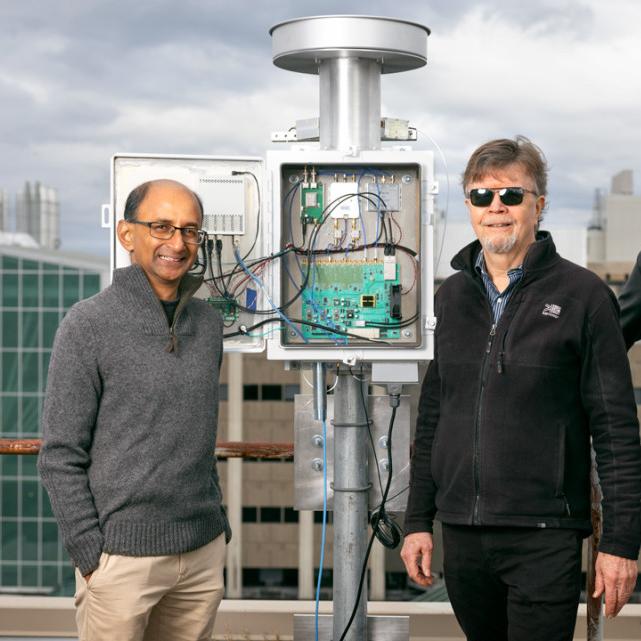
 Department Homepage
Department Homepage
New video engages public in cosmic exploration
A new animation about two innovative telescopes being developed at Cornell has just been released by the research group led by Michael Niemack, associate professor of physics and astronomy in the College of Arts and Sciences. The two-minute video explains how researchers are “measuring the oldest light in the universe with the highest telescopes on Earth.”



